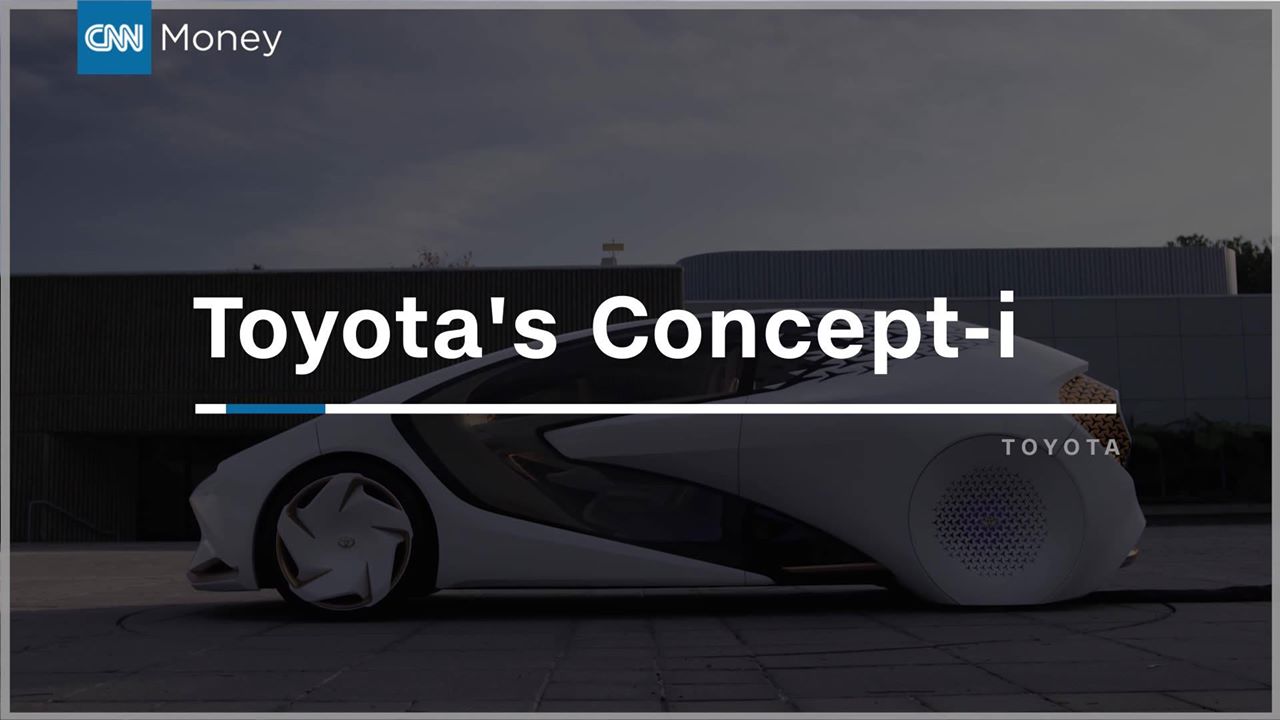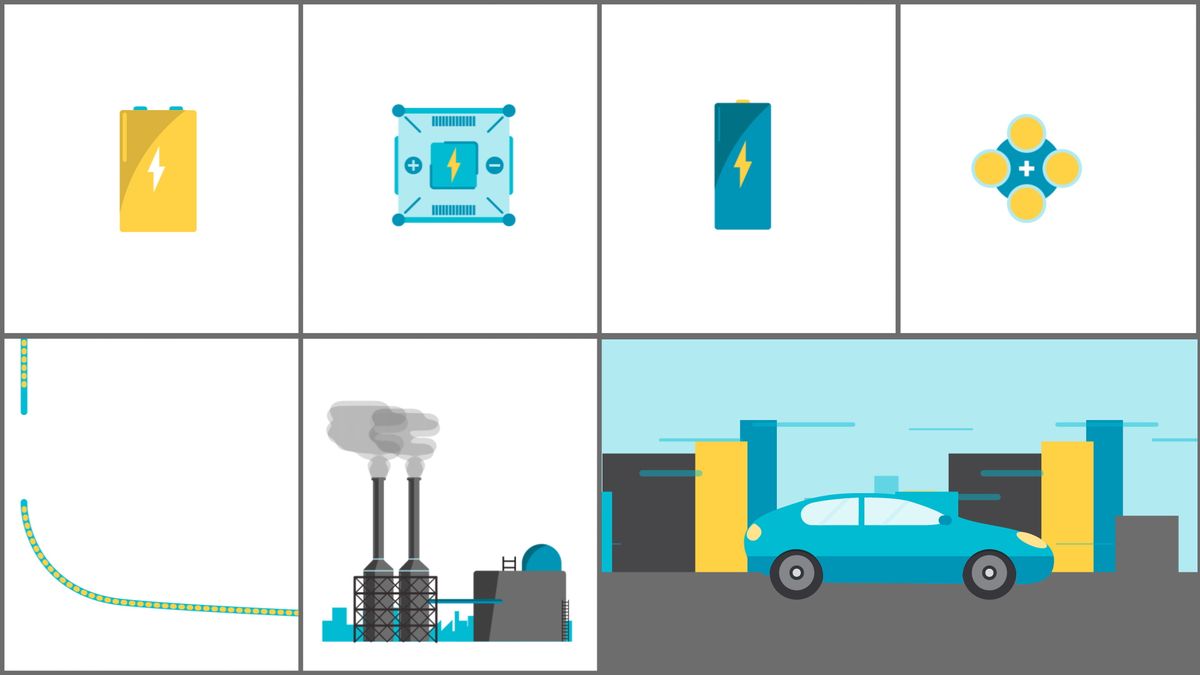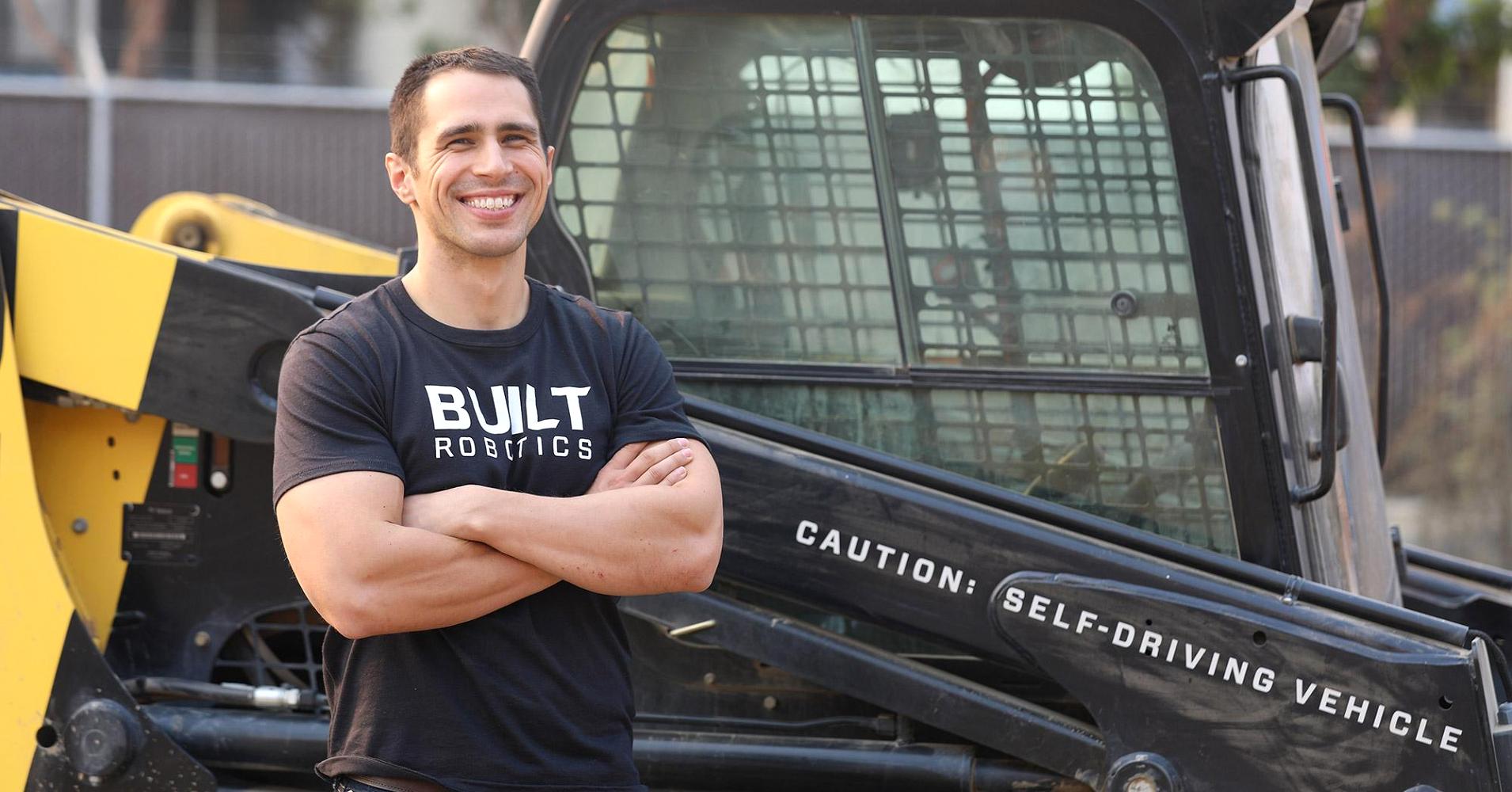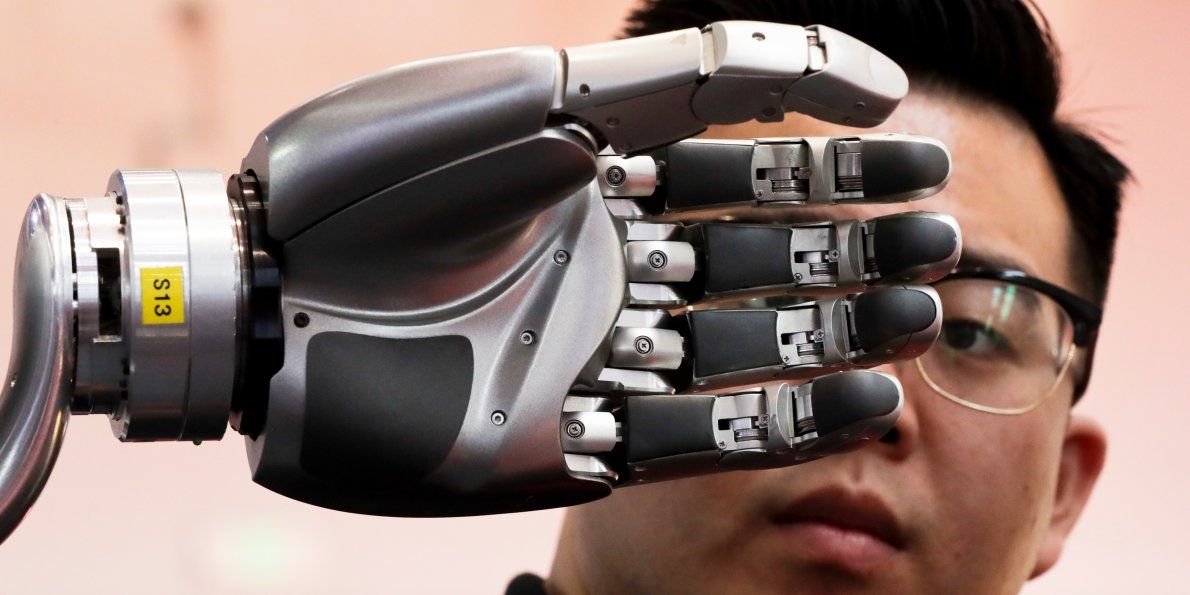Page 10443
Oct 28, 2017
The Six-Leged Robot That Wants to Teach Programming
Posted by Dan Kummer in categories: engineering, robotics/AI

This crab-like robot may look creepy, but it’s becoming a playground for people who want to explore robotics—even if they don’t have the cash or engineering skills.
Oct 28, 2017
Sony’s Pet Project, a New Robot Dog, to Be Unleashed Soon
Posted by Dan Kummer in category: robotics/AI
Sony Corp. is planning next spring to roll out a dog-shaped pet robot similar to its discontinued Aibo with updated components that could allow it to control home appliances, people familiar with the matter said.
Sony is preparing for a media event in November to show off the product, the people said. It is unclear whether the new product will use the Aibo name and how much it will cost.
Sony is preparing for a media event in November to show off the product.
Continue reading “Sony’s Pet Project, a New Robot Dog, to Be Unleashed Soon” »
Oct 28, 2017
Ford’s Argo Buys Laser System Firm as It Boosts Driverless Car Development
Posted by Dan Kummer in categories: robotics/AI, transportation
Argo AI LLC, a driverless-car developer controlled by Ford Motor Co., has purchased a 17-year-old company that makes laser systems needed to operate cars without human intervention, an important step for a conventional Detroit auto maker looking to boost its role in shaping the industry’s transformation.
Argo AI said Friday it is buying New Jersey-based Princeton Lightwave Inc. for an undisclosed price, a move that provides Ford with more immediate access to so-called lidar systems that use lasers to create a 3D view of the…
To Read the Full Story.
Continue reading “Ford’s Argo Buys Laser System Firm as It Boosts Driverless Car Development” »
Oct 28, 2017
Toyota’s space-age concept car for 2030
Posted by Dan Kummer in category: transportation
Oct 28, 2017
The Way We Get Electricity Is About to Change Forever
Posted by Dan Kummer in category: energy
Superior batteries are on the way, and they could disrupt power markets within the next decade—Sooner Than You Think.
Oct 28, 2017
Google Debuts Software to Open Up Quantum Computers for Chemists
Posted by Dan Kummer in categories: computing, information science, quantum physics
Google unveiled software aimed at making it easier for scientists to use the quantum computers in a move designed to give a boost to the nascent industry.
The software, which is open-source and free to use, could be used by chemists and material scientists to adapt algorithms and equations to run on quantum computers. It comes at a time when Google, IBM, Intel Corp., Microsoft Corp. and D-Wave Systems Inc. are all pushing to create quantum computers that can be used for commercial applications.
Oct 28, 2017
Using robot companions to help pediatric patients recover
Posted by Dan Kummer in categories: biotech/medical, robotics/AI
Oct 28, 2017
This ex-Googler is bringing self-driving excavators to construction sites
Posted by Dan Kummer in categories: robotics/AI, transportation
Built Robotics has raised $15 million in a round led by NEA to do for construction equipment what Waymo is doing for automobiles.
Oct 28, 2017
An alarming sentence about automation from Bank of America’s tech chief should put Wall Streeters on notice
Posted by Dan Kummer in category: robotics/AI
Bank of America’s chief tech officer says that the technological shift is happening too fast for folks on Wall Street to adapt.
Job losses are on the way.
















